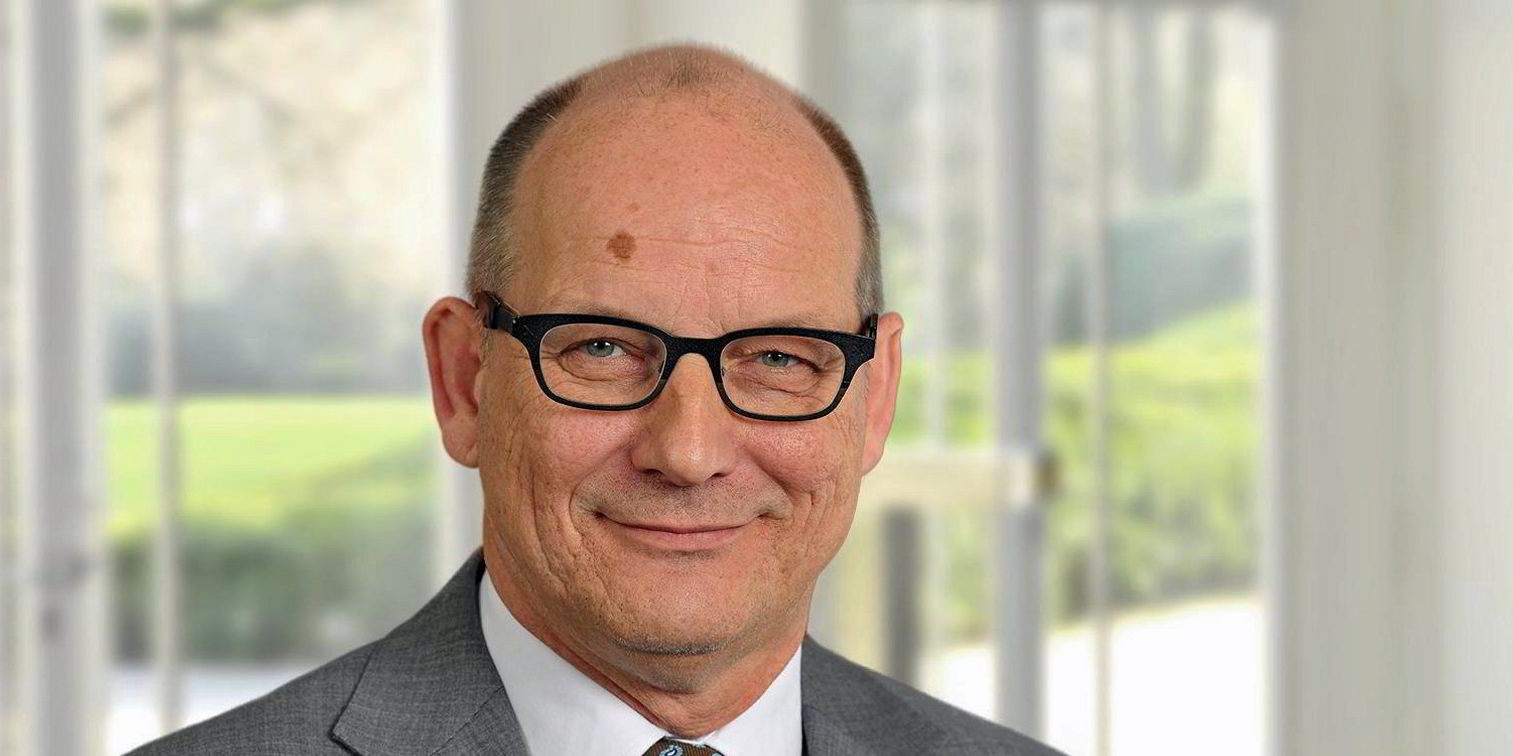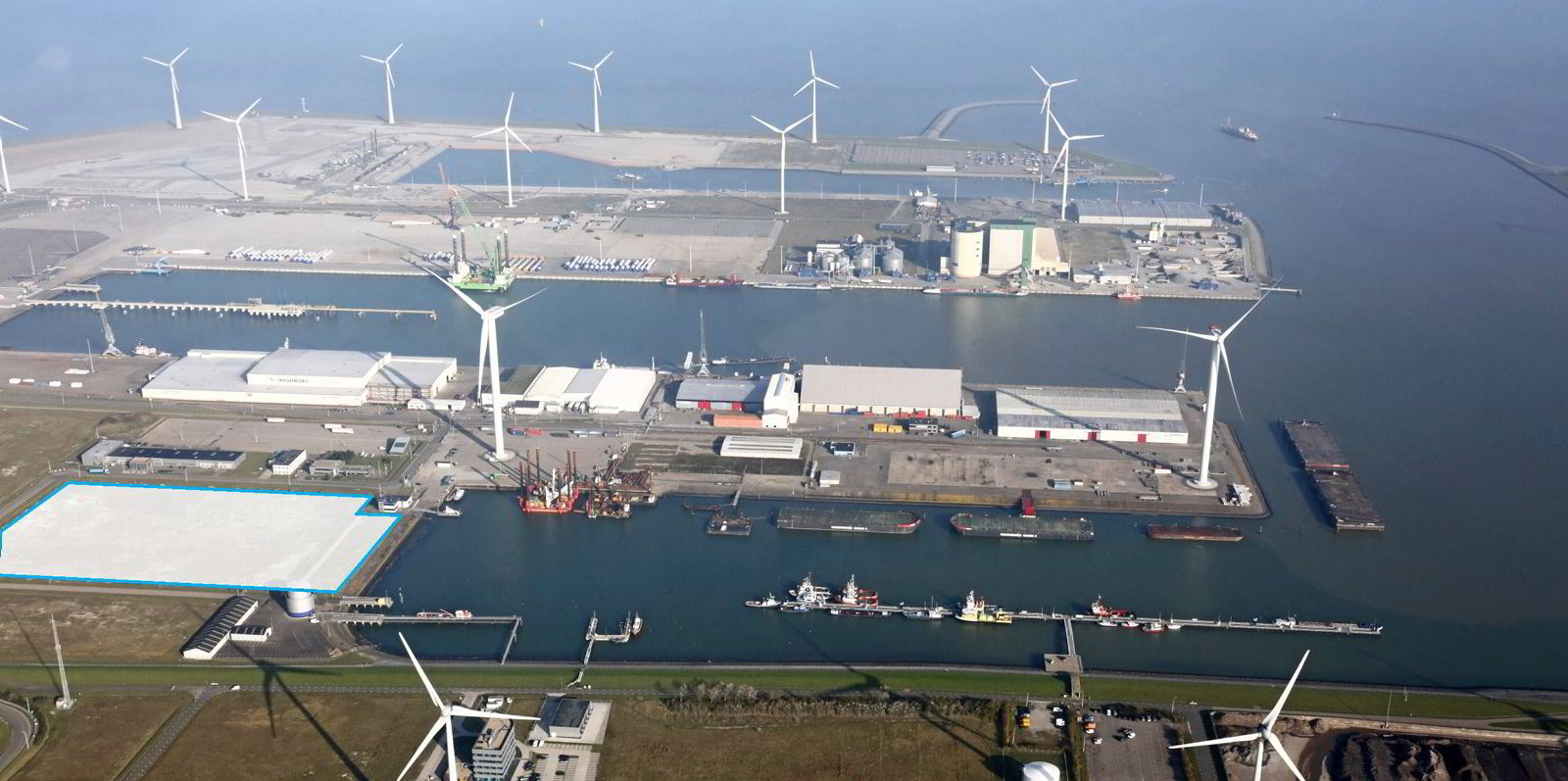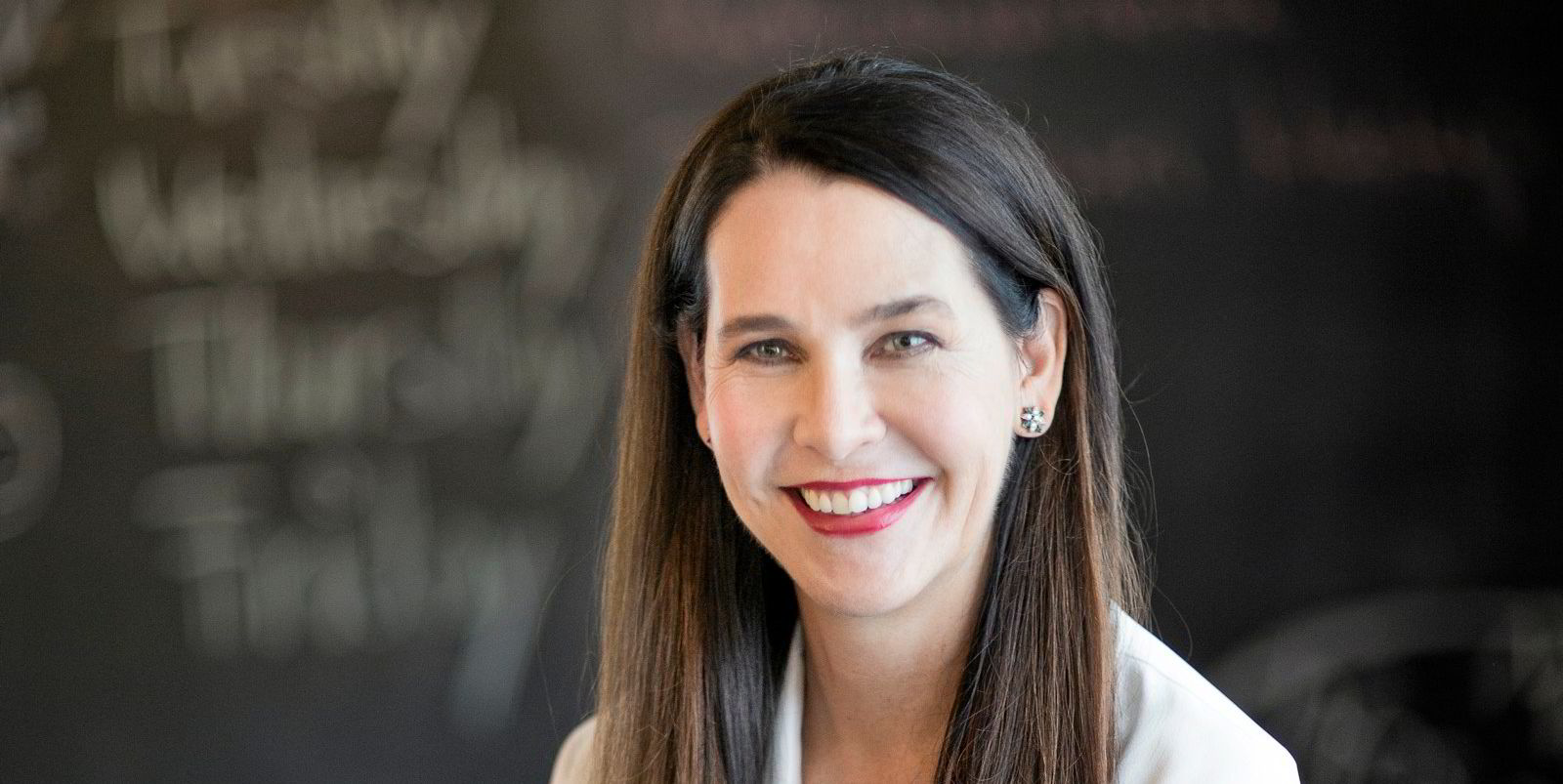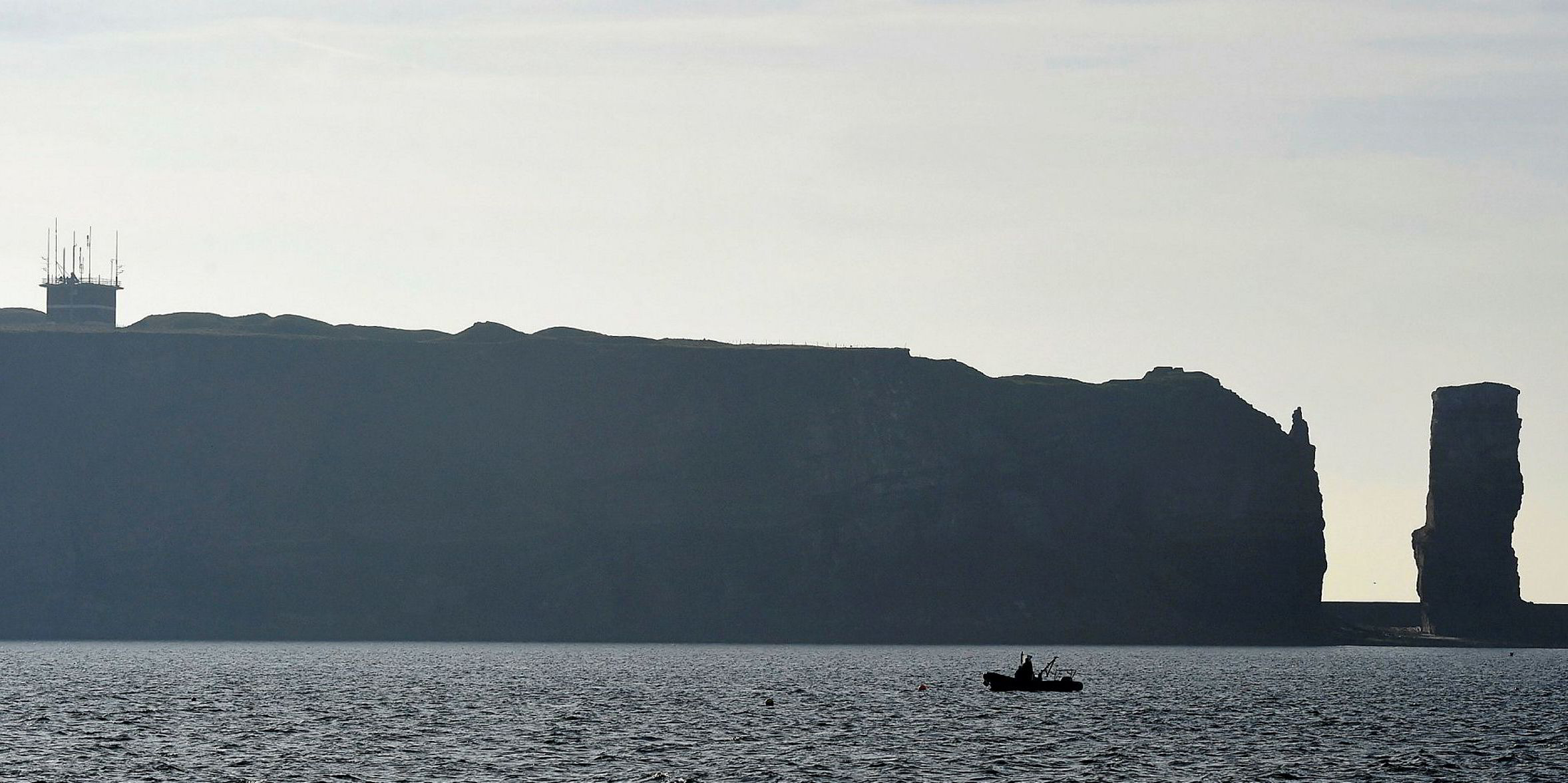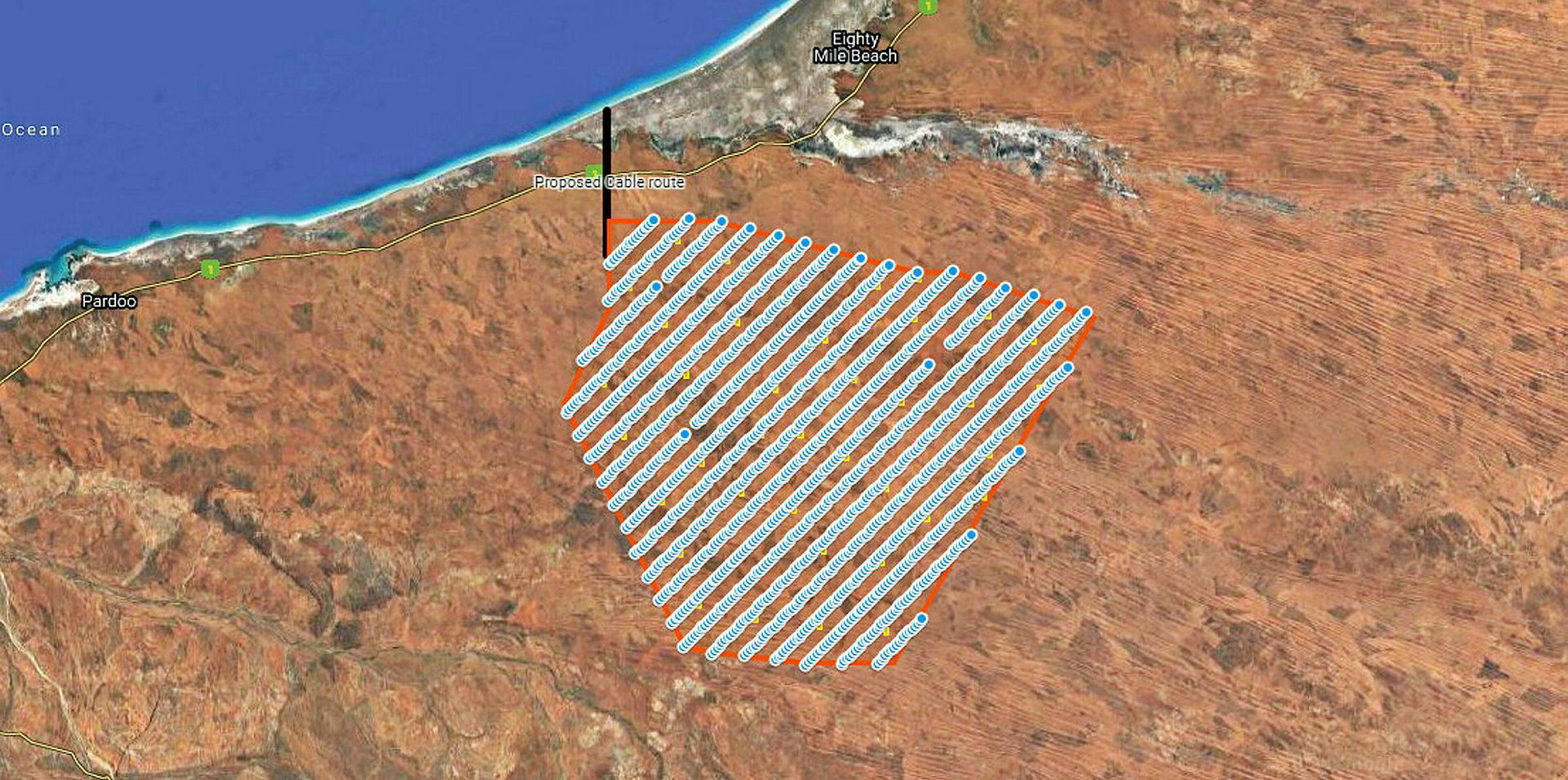German utility RWE is arguably on course to become the leading developer of the fledgling green hydrogen sector world-wide as the German utility with NortH2 has entered another gigawatt-scale project.
Get the market insight you need into the global oil & gas industry's energy transition – from the new newsletter from Upstream and Recharge. Sign up here
Together with Norwegian oil major Equinor, RWE today said it will join Shell, Dutch gas distributor Gasunie and Groningen Seaports in NortH2, which eventually is slated to produce green hydrogen via electrolysis from 10GW of offshore wind from the northern Netherlands.
“NortH2 is one of the most ambitious hydrogen projects in Europe,” RWE Generation chief executive Roger Miesen said.
“As a new partner, RWE will contribute its broad expertise to create a powerful infrastructure for green hydrogen in the northern Netherlands.”
Already being the world’s second biggest operator of offshore wind farms, and having experience in the field of electrolysers, makes RWE an ideal partner in NortH2, he added.
The project, which alone could mitigate eight to ten million tons of CO2 per year, comes on top of 30 projects for green hydrogen RWE is already driving forward with partners in Germany, the Netherlands and the UK.
AquaVentus North Sea power
Among those is another giant project, AquaVentus, which aims for using a further 10GW of North Sea power from wind farms off the German island of Heligoland.
Like NortH2 it is in early phases of development and no final investment decision has been taken, but RWE Renewables already revealed plans for a two-turbine pilot at AquaVentus with electrolysers directly integrated at the base of the turbines’ towers.
Other projects in more advanced development with RWE participation are the Eemshydrogen plan to develop a 50MW electrolyser at the Dutch port of Eemshaven to produce green hydrogen for the local chemical industry, and the GET H2 project in Germany to produce H2 from waste streams, for which RWE plans to build the country’s largest electrolyser in Lingen, with a capacity of 100MW.
RWE stressed its capacities along the entire value chain of hydrogen, saying it has the know-how to produce green hydrogen, while its gas storage unit can store green H2 in its facilities, and its supply and trading unit can supply it to industrial customers.
“A project like NortH2, which produces green hydrogen to decarbonise industry, can contribute to achieving the Dutch and European climate targets for 2030 and to implementing the Paris agreement,” Miesen said.
“We are committed to ensuring that a hydrogen market can develop rapidly in Europe.”
Australian mega-projects
Next to the North Sea, giant renewables-to-green-hydrogen projects are also being planned in Australia that have the potential to eclipse RWE’s lead in hydrogen development in size.
The government in Canberra has recently said it will fast-track the Asian Renewable Energy Hub (AREH) in Western Australia that aims to install 15GW of wind and solar in its first stage alone, with most of that used to power electrolysis for hydrogen and ammonia production.
The project, which could eventually reach 23GW, is being developed by a consortium consisting of investment group Macquarie, wind turbine maker Vestas, and developers Intercontinental Energy and CWP Energy Asia.
Another Australian project that could be linked to hydrogen production is a plan by oil & gas company Pilot Energy for a 1.1GW offshore wind farm off Western Australia in an oil exploration area near Perth, which still is pending feasibility studies.
